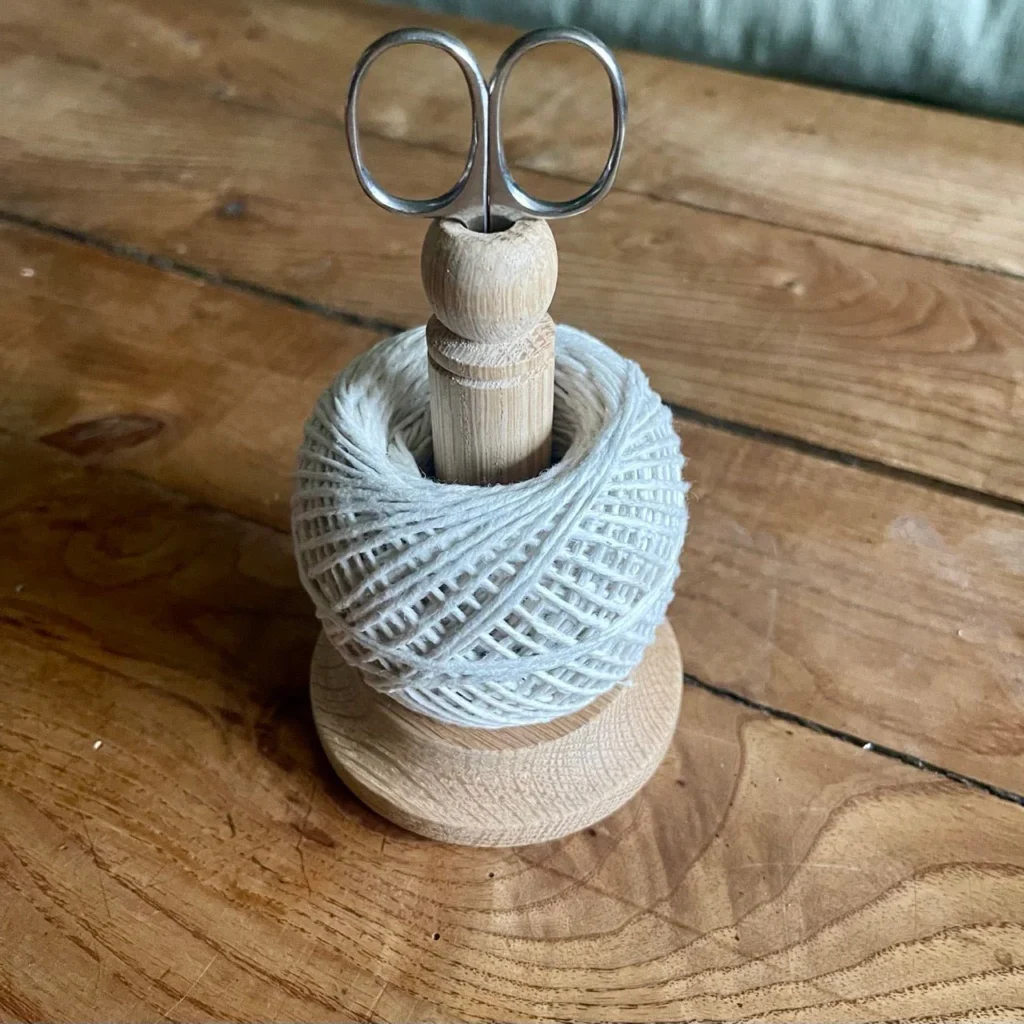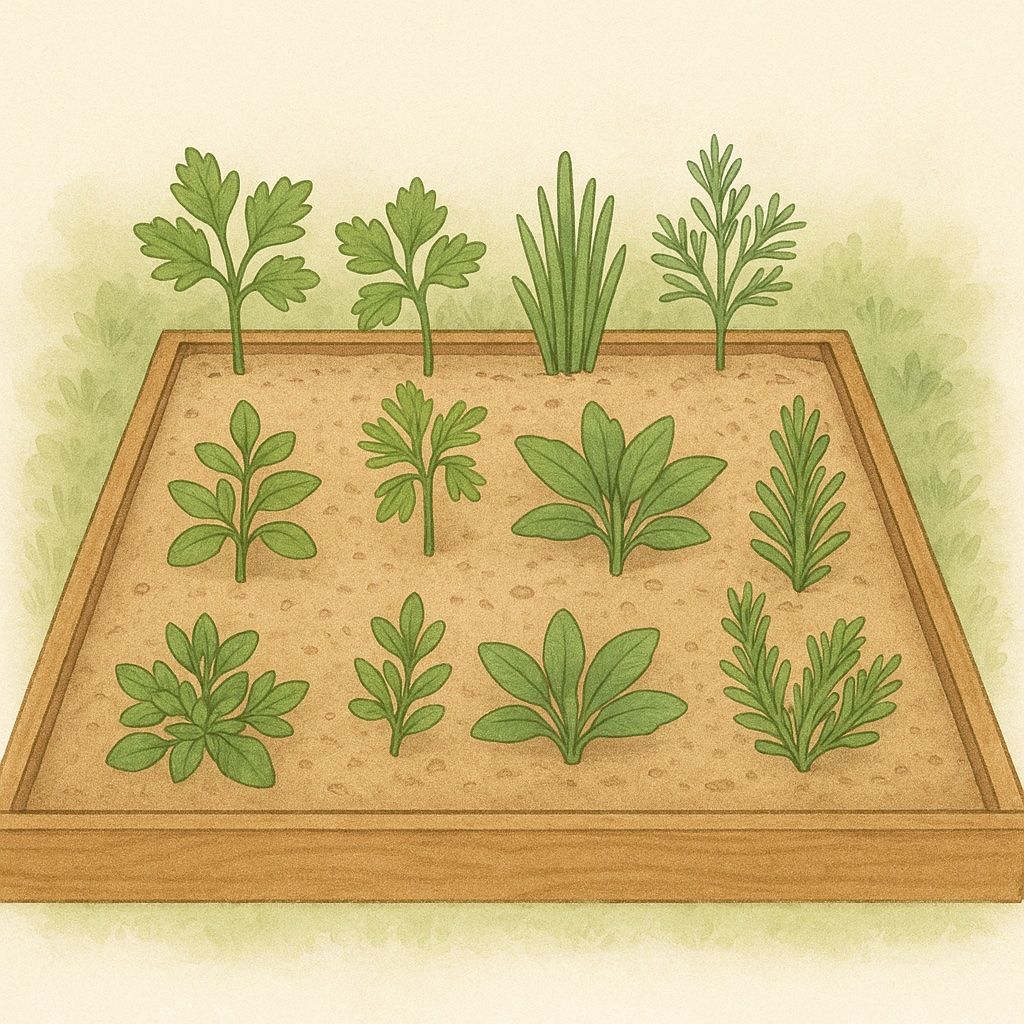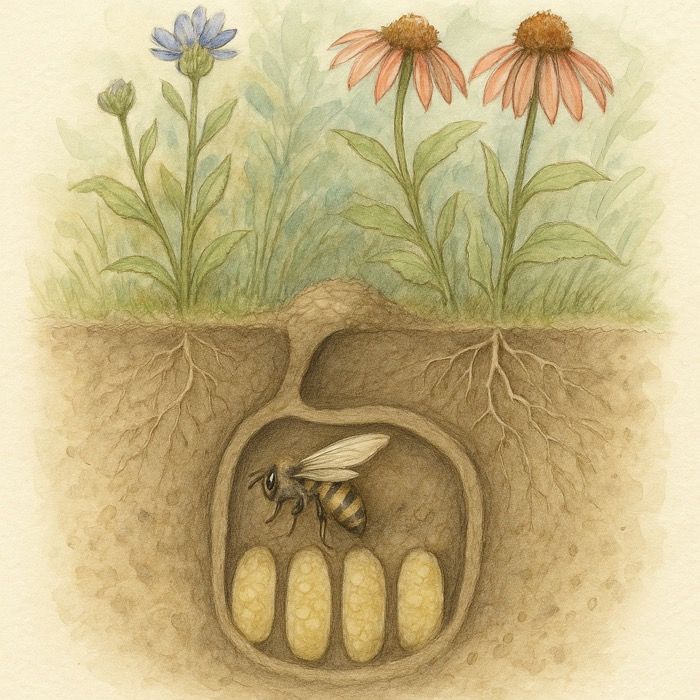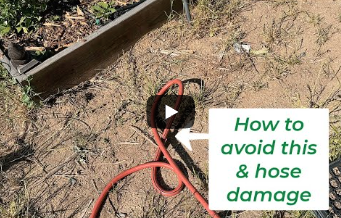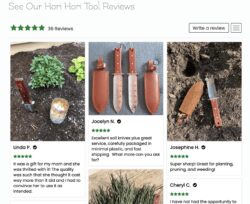10 Clever Uses for Garden Twine in Your Outdoor Space
Garden String 101
Garden twine is one of those indispensable items that every gardener should have on hand. It’s affordable, versatile, and can be used in countless ways to help keep your garden neat, organized, and thriving. Whether you’re a seasoned gardener or just starting out, knowing the many uses of garden twine can elevate your gardening game. Here are ten clever ways to use garden twine in your outdoor space.

1. Supporting Plants
One of the most common uses for garden twine is providing support to growing plants. As tomatoes, cucumbers, and beans grow taller, they need support to prevent them from falling over or breaking. Garden twine is perfect for tying these plants to stakes or trellises. The gentle, flexible nature of twine ensures that it won’t damage the stems while keeping them upright and supported.
2. Creating a DIY Trellis
Garden twine is excellent for constructing a simple trellis for climbing plants. Stretch it between two stakes or along a fence, and let your peas, morning glories, or clematis grow up and through the lines. This DIY trellis not only supports your plants but also adds a rustic charm to your garden.
Master Gardener Tip: For healthier tomato plants, try string trellising! Attach sturdy garden twine to an overhead support and gently secure it to the base of your indeterminate tomato plant. As the plant grows, wrap the stem around the string to provide support. Regularly prune side shoots to focus the plant’s energy on fruit production, and keep training the main stem up the twine. This technique improves air circulation, reduces disease risk, and makes harvesting a breeze.
Master Gardener Steve
3. Marking Planting Rows
Keeping rows straight in the garden can be a challenge. Using garden twine stretched between two stakes, you can mark out straight planting rows or garden beds. This technique ensures even spacing and alignment, making planting and maintenance much easier.
4. Bundling Herbs and Flowers
After harvesting herbs, flowers, or vegetables like garlic and onions, garden twine can be used to bundle them for drying or storage. Simply tie the stems together and hang the bundle in a cool, dry place. Twine is perfect for this because it allows air to circulate around the plants, promoting even drying.
5. Crafting Rustic Garden Decor
Garden twine isn’t just practical—it’s also great for crafting! Create rustic plant labels, wrap it around pots for a natural look, or make simple hanging baskets and lanterns. Twine can even be used to create homemade macrame plant hangers, adding a touch of creativity to your garden space.
6. Training Vines and Climbers
Garden twine is ideal for training vines and climbing plants. Tie the twine gently around new growth and attach it to a support structure, guiding plants like grapevines, ivy, or climbing roses in the desired direction. This technique helps your plants grow more efficiently and can be used to shape them into aesthetically pleasing forms.
7. Constructing Plant Cages
If you need to provide support to multiple plants in a small space, garden twine can be used to construct simple plant cages. Wrap the twine around several stakes placed in the ground, creating a supportive structure that allows your plants to grow upright while preventing them from sprawling or toppling over.
8. Deterring Birds from Your Garden
Birds can be a problem when it comes to fruit trees and berry bushes. To protect your harvest, use garden twine to hang reflective materials, such as old CDs or aluminum foil, from the branches. The twine suspends these objects in the air, and the reflections and movement will help scare birds away.
9. Setting Up Temporary Fencing
Garden twine can be used to set up temporary fencing or barriers to protect delicate areas of your garden. Stretch the twine between stakes to mark off areas you want to keep foot traffic away from, or to temporarily fence in newly seeded beds until the plants are established.
10. Securing Garden Fabrics
Use garden twine to secure row covers, shade cloths, or frost blankets. Tie the twine to stakes or supports to keep these fabrics in place, protecting your plants from pests, harsh sunlight, or frost. This method is simple and effective, and the twine can be easily adjusted or removed as needed.
Choosing the Right Garden Twine
Not all garden twine is created equal. When selecting twine for your garden projects, consider the material and strength. Natural fibers like jute, sisal, and cotton are biodegradable and gentle on plants but may not last as long in harsh weather. Synthetic twines, such as nylon or polypropylene, are more durable but may not be as eco-friendly.
Jute twine is a popular choice in gardening due to its natural strength, flexibility, and biodegradability. Made from the fibers of the jute plant, it’s perfect for tying plants to stakes, creating trellises, and securing garden structures without harming the environment. Its coarse texture provides a good grip, making it easy to tie knots that hold securely but can still be untied or adjusted as needed. Additionally, jute twine naturally decomposes over time, reducing waste and eliminating the need for synthetic materials in the garden.
Final Thoughts
Garden twine is an essential tool that every gardener should keep in their toolbox. Its versatility and low cost make it perfect for a wide range of gardening tasks, from supporting plants to crafting and beyond. Next time you’re in your garden, try out some of these clever uses for garden twine—you may be surprised at how handy it can be!
For more gardening tips and creative ideas, be sure to check out our other posts and explore the many ways you can enhance your garden with simple, everyday items. Happy gardening!

